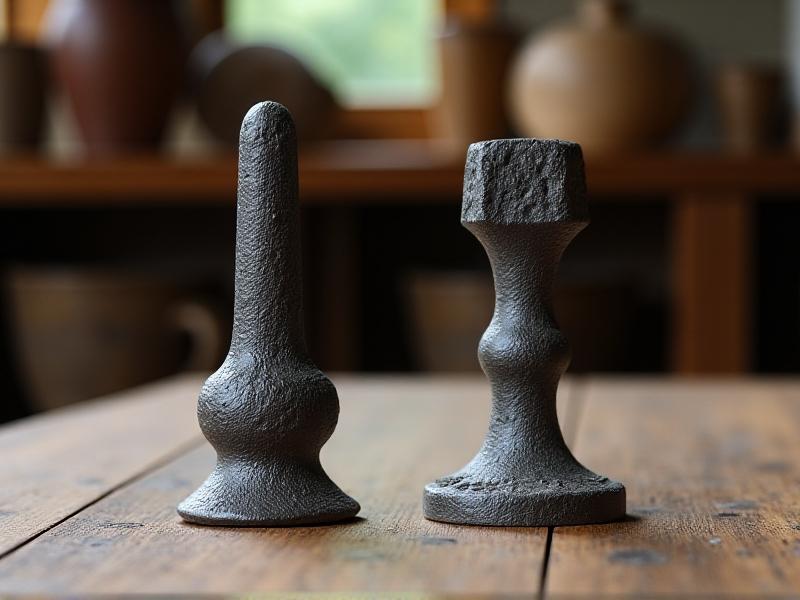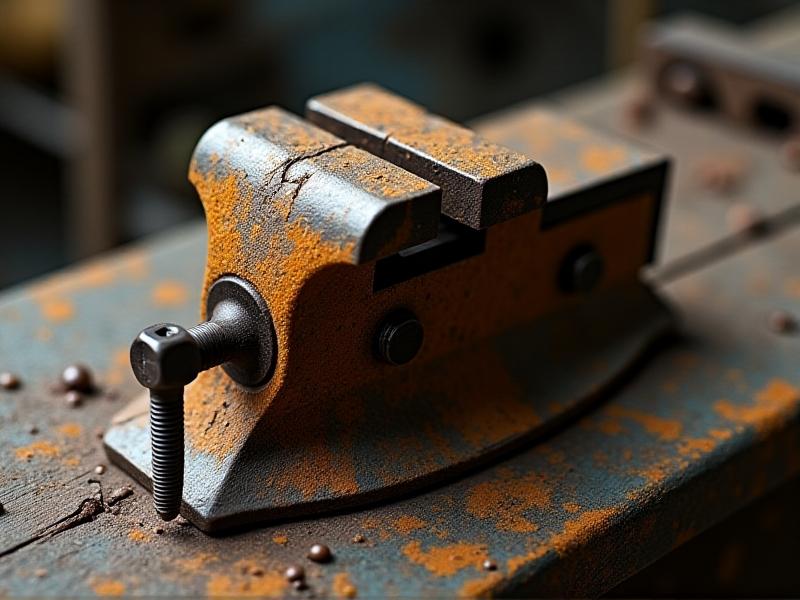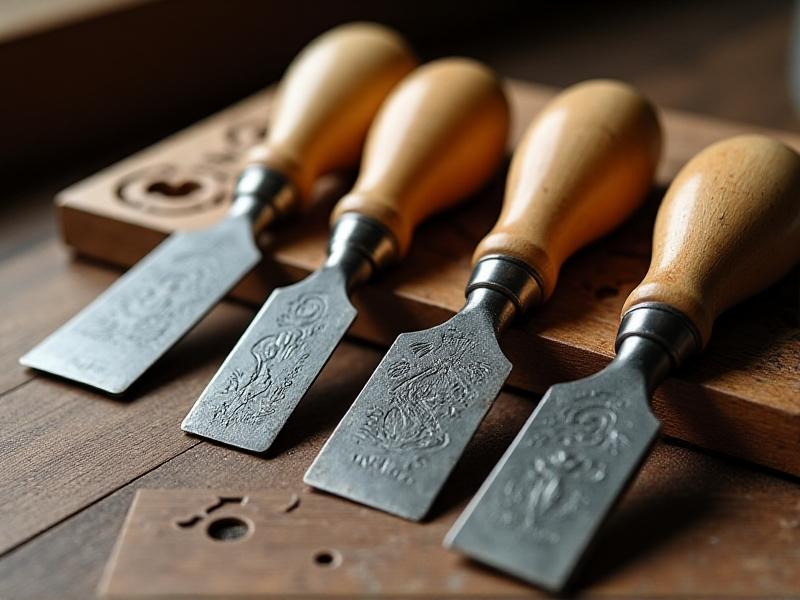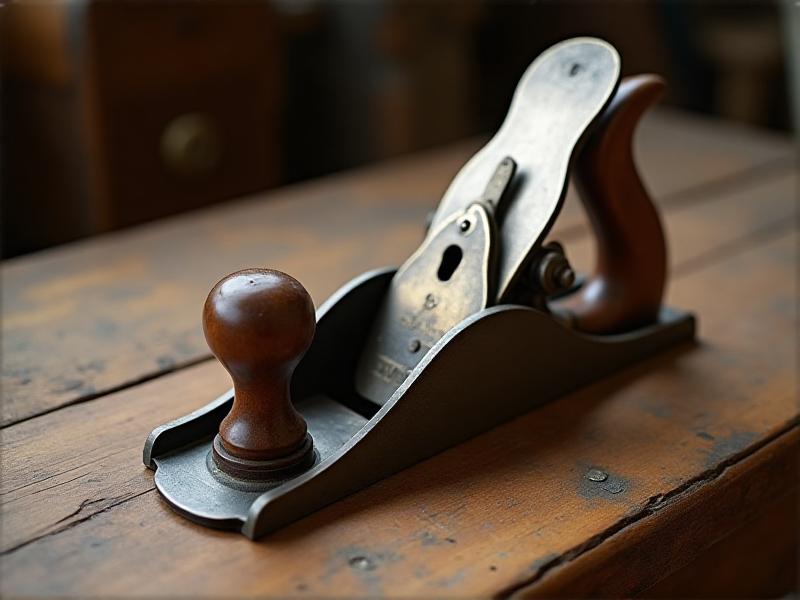Power Sharpener Safety Jigs for Beginners
Introduction to Power Sharpener Safety Jigs
Power sharpeners are essential tools for anyone looking to maintain the sharpness of their blades, whether for woodworking, kitchen use, or other applications. However, using these tools without proper safety measures can lead to accidents. Safety jigs are designed to enhance the safety and precision of power sharpeners, making them indispensable for beginners. This article will explore the importance of safety jigs, how to use them effectively, and tips for choosing the right one for your needs.
Understanding the Basics of Power Sharpener Safety Jigs
Safety jigs are attachments or accessories that help secure the blade or tool being sharpened, ensuring it remains stable during the process. This stability is crucial for achieving a consistent edge and preventing injuries. Beginners often struggle with maintaining the correct angle and pressure when sharpening, which can lead to uneven edges or accidents. Safety jigs address these issues by providing a controlled environment for sharpening.
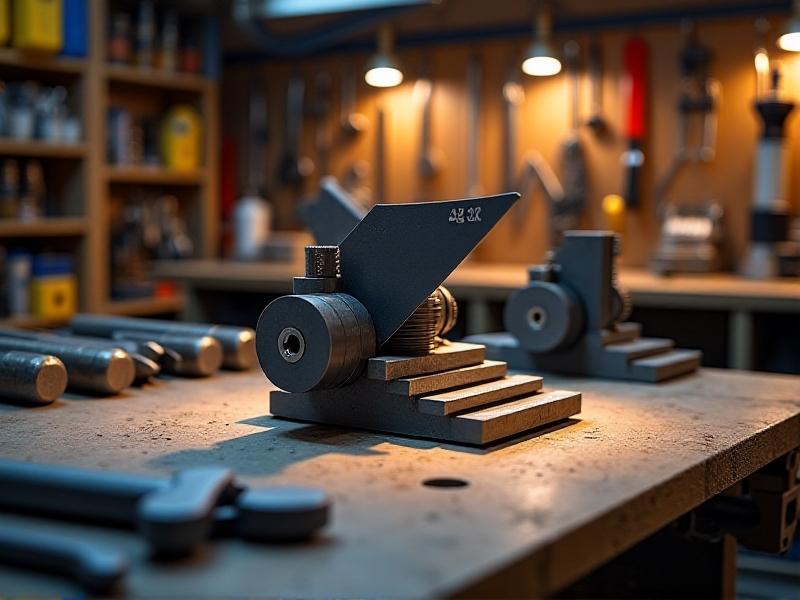
Why Beginners Should Use Safety Jigs
For those new to power sharpeners, the learning curve can be steep. Safety jigs simplify the process by eliminating guesswork. They ensure that the blade is held at the correct angle, reducing the risk of mistakes. Additionally, safety jigs protect users from accidental slips or contact with the sharpening wheel, which can cause serious injuries. By using a safety jig, beginners can focus on developing their sharpening skills without worrying about safety hazards.
Types of Safety Jigs Available
There are various types of safety jigs designed for different sharpening tasks. Some are universal and can be used with multiple tools, while others are specific to certain types of blades. For example, there are jigs for chisels, plane blades, and kitchen knives. Understanding the different types of jigs and their applications is essential for selecting the right one for your needs. This section will provide an overview of the most common types and their uses.
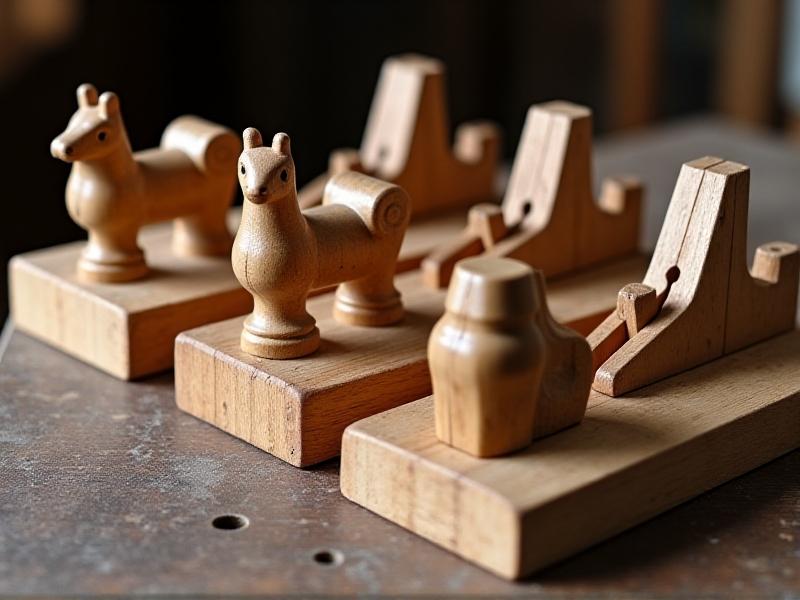
How to Use a Safety Jig Effectively
Using a safety jig correctly is key to achieving the best results. Start by selecting the appropriate jig for the blade you’re sharpening. Secure the blade in the jig according to the manufacturer’s instructions, ensuring it’s held firmly and at the correct angle. Position the jig on the power sharpener, making sure it’s stable before starting the machine. Move the jig smoothly along the sharpening wheel, maintaining consistent pressure. This section will provide step-by-step guidance on using a safety jig effectively.
Tips for Maintaining Your Safety Jig
Like any tool, safety jigs require proper maintenance to function optimally. Regularly inspect the jig for any signs of wear or damage, such as loose screws or worn clamps. Clean the jig after each use to remove any metal shavings or debris that could affect its performance. Lubricate moving parts as needed to ensure smooth operation. Proper maintenance will extend the life of your safety jig and ensure it remains safe to use.
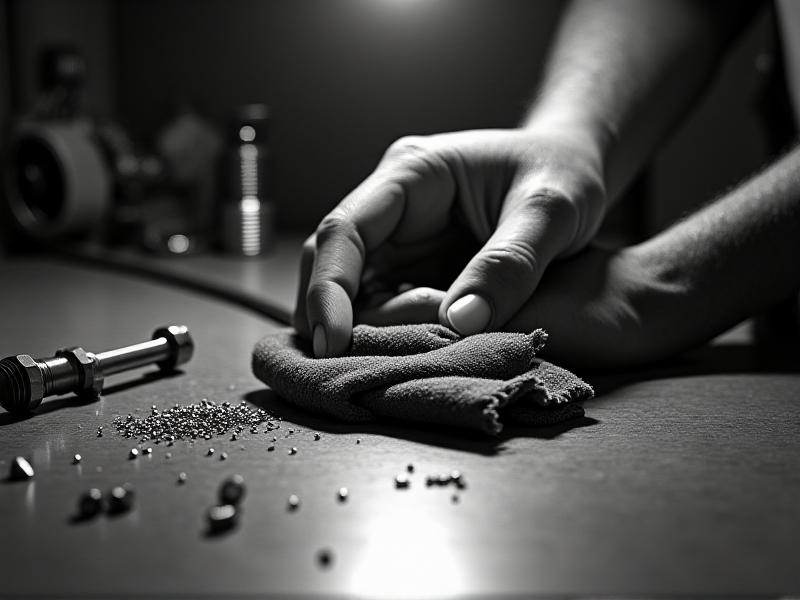
Choosing the Right Safety Jig for Your Needs
Selecting the right safety jig depends on the types of blades you frequently sharpen and your level of experience. Consider factors such as adjustability, compatibility with your power sharpener, and ease of use. Reading reviews and seeking recommendations from experienced users can also help you make an informed decision. This section will offer practical advice on choosing a safety jig that meets your specific requirements.
Common Mistakes to Avoid When Using Safety Jigs
Even with a safety jig, mistakes can happen if you’re not careful. One common error is failing to secure the blade properly, which can lead to uneven sharpening or accidents. Another mistake is using the wrong type of jig for a particular blade, which can damage both the blade and the jig. This section will highlight common pitfalls and provide tips on how to avoid them, ensuring a safer and more effective sharpening experience.
Advanced Techniques for Using Safety Jigs
Once you’ve mastered the basics, you can explore advanced techniques to further enhance your sharpening skills. For example, some jigs allow for micro-adjustments, enabling you to achieve extremely precise angles. Experimenting with different grits of sharpening wheels can also produce varying levels of sharpness. This section will introduce advanced techniques that can help you get the most out of your safety jig and power sharpener.
Safety Jigs and Their Role in Professional Sharpening
Even professionals benefit from using safety jigs, as they provide consistency and efficiency in high-volume sharpening tasks. In professional settings, time is money, and safety jigs help ensure that each blade is sharpened quickly and accurately. This section will discuss how safety jigs are used in professional environments and the advantages they offer to experienced sharpeners.
Conclusion: Embracing Safety Jigs for a Safer Sharpening Experience
Safety jigs are invaluable tools for anyone using a power sharpener, especially beginners. They enhance safety, improve precision, and make the sharpening process more efficient. By understanding the basics, choosing the right jig, and using it correctly, you can achieve professional-quality results while minimizing the risk of accidents. Whether you’re a hobbyist or a professional, incorporating safety jigs into your sharpening routine is a smart and responsible choice.



